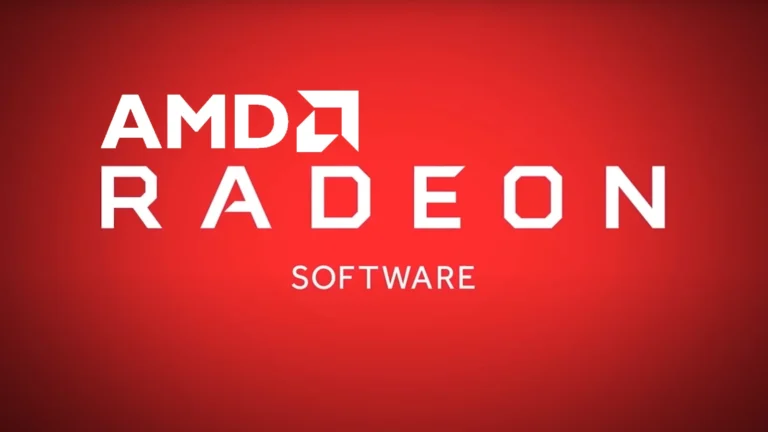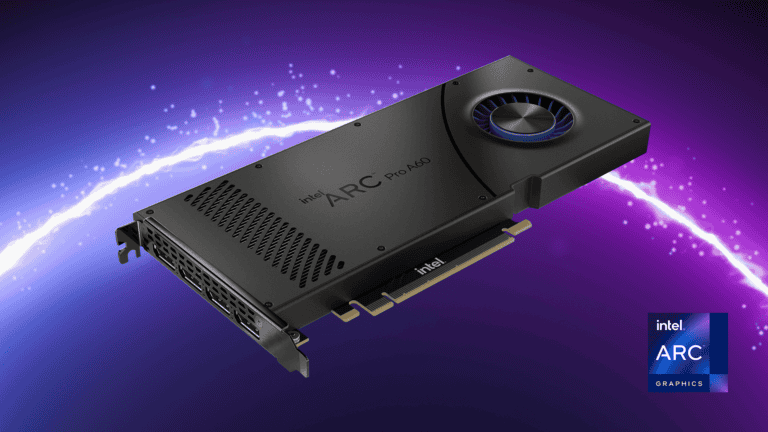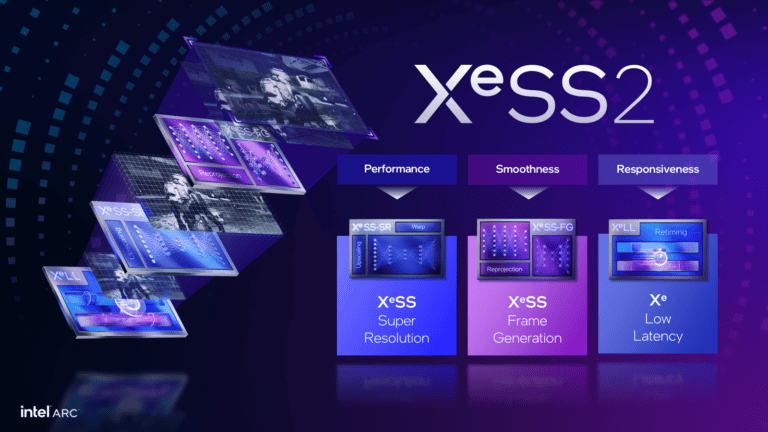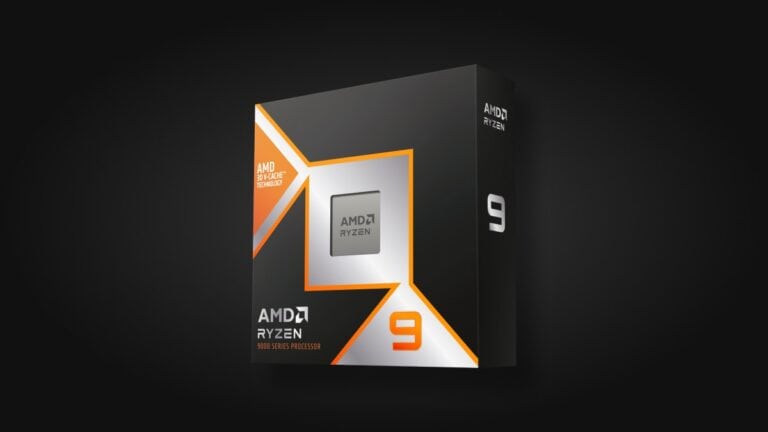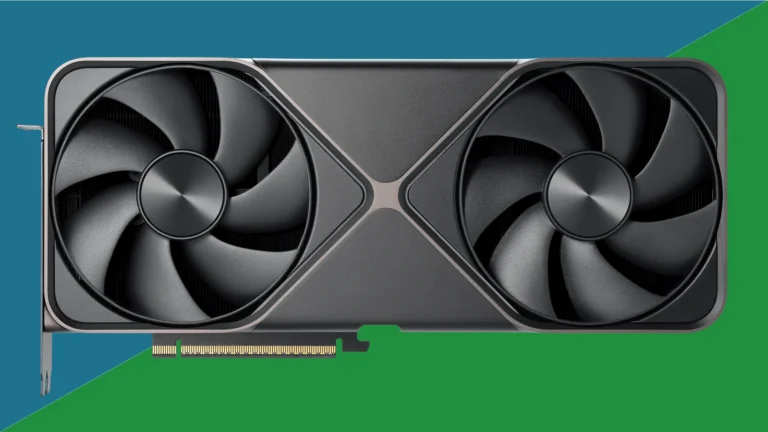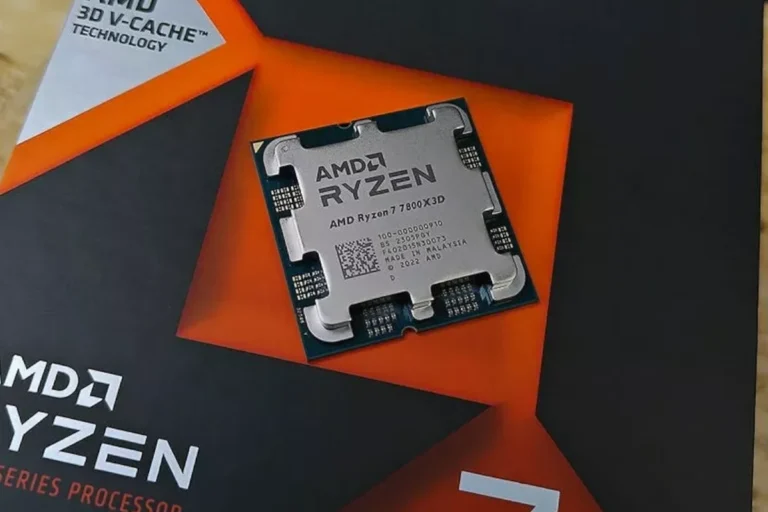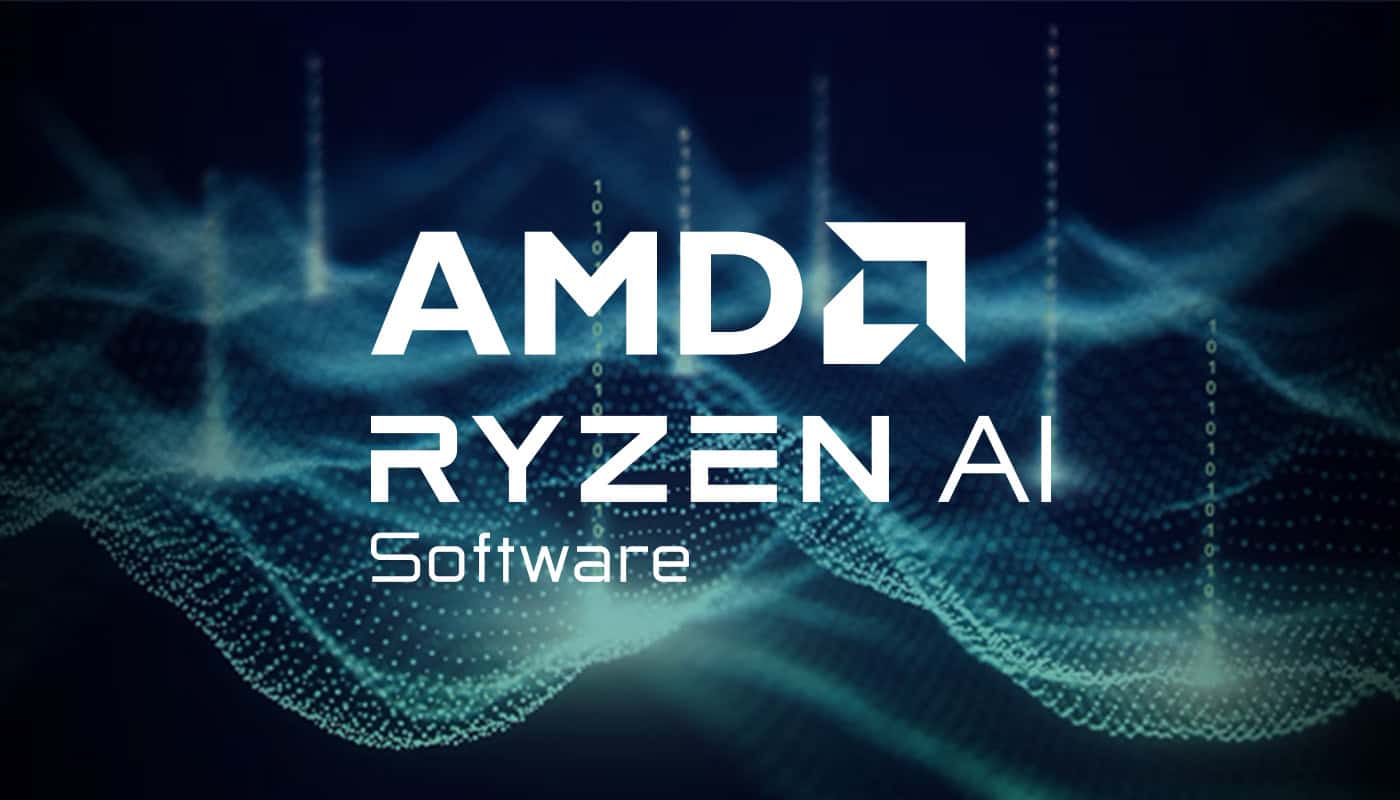
In a bold forecast, AMD CEO Lisa Su stated that custom chips would surpass traditional GPUs in response to the growing demand for artificial intelligence (AI). This shift demonstrates AMD’s strategic focus on high-performance computing and tailored solutions for major tech companies. The forecast suggests that custom-designed AI chips will overtake traditional GPUs in market share due to the increasing demand for AI across industries. This highlights the growing importance of specialized hardware solutions as AI continues to rapidly evolve. It also emphasizes AMD’s strategic intent to establish a strong presence in the growing AI market through its custom silicon offerings.

As the competition for AI dominance intensifies, the semiconductor industry is expected to experience a period of intense innovation and transformation. AMD’s forward-thinking approach illustrates a compelling narrative of adaptation and competition in an industry that craves innovation. The expanding landscape of AI technology will favor firms that can anticipate business needs and evolve their product offerings accordingly in this new era of computing.
AMD’s Bold Prediction: Custom Chips to Dominate the AI Landscape
The AI Chip Market: A Rapidly Expanding Frontier
AMD CEO Lisa Su recently made a striking prediction: custom chips, specifically designed for AI tasks, are poised to overtake general-purpose GPUs in market share. This forecast underscores the escalating demand for AI-optimized hardware as artificial intelligence continues its rapid growth across industries.
Custom Chips vs. GPUs: A Shifting Landscape
Traditionally, GPUs have been the workhorse for AI workloads, offering impressive parallel processing capabilities. However, custom chips tailored for specific AI tasks are now emerging as a powerful contender. These specialized chips can deliver higher performance, improved power efficiency, and reduced costs, making them an attractive alternative for certain AI applications.

AMD’s Strategic Focus
AMD’s prediction reflects its strategic ambition to capture a larger share of the burgeoning AI market. The company has been aggressively investing in developing custom silicon solutions for various AI applications, aiming to provide more targeted and efficient hardware options compared to general-purpose GPUs.
Market Projections: A Dramatic Shift
Su’s forecast suggests a dramatic shift in the data center AI accelerator market. Earlier estimates predicted a total market size of $150 billion by 2027. However, AMD now envisions this market reaching a staggering $400 billion by 2027, fueled by the explosive growth of generative AI and the launch of AMD’s “Antares” Instinct MI300 series GPU.
Projected Market Growth for Data Center AI Accelerators
| Year | Previous Estimate | AMD’s Revised Estimate |
|---|---|---|
| 2023 | $30 Billion | $45 Billion |
| 2027 | $150 Billion | $400 Billion |
| CAGR (2023-2027) | 50% | 70% |
Implications for the Semiconductor Industry
AMD’s forecast has significant implications for the semiconductor industry. It signals a growing trend towards specialization and customization in chip design, as companies race to develop hardware solutions tailored to specific AI workloads. This shift could reshape the competitive landscape and open up new opportunities for innovation and growth in the semiconductor sector.
Short Summary:
- AMD’s AI chip sales forecast increased to $4.5 billion for 2024, reflecting growing demand.
- Custom silicon is predicted to become more important than GPUs, as AMD enhances its hardware offerings.
- CEO Lisa Su emphasized AMD’s focus on high-performance computing and strategic acquisitions to stay competitive.
The semiconductor landscape is undergoing a transformation as AI technology gains traction across various industries. AMD’s CEO, Lisa Su, recently announced a significant revision in the company’s 2024 revenue forecasts for AI chips, upping expectations by $500 million to reach $4.5 billion. This upward revision is largely driven by soaring demand, particularly from cloud computing giants such as Meta and Microsoft, indicating a broader shift in the market towards specialized silicon solutions.
According to Su, the supply of AMD’s AI chips will remain constrained through 2025, highlighting the fierce competition within the AI market. In the second quarter alone, AMD’s data center revenue skyrocketed by 115% to $2.8 billion, surpassing analyst estimates, with quarterly AI chip sales exceeding $1 billion for the first time. This growth positions AMD as a formidable competitor to Nvidia, which has long dominated the AI chip market.
“We are in the picks and shovels cycle which is more about hardware infrastructure right now,” noted Creative Strategies CEO Ben Bajarin, comparing the current landscape to the gold rush era. “Most enterprises are spending on AI software but only to trial and pilot programs. They have not fully deployed them yet.”
Thus, while AI spending has surged, immediate returns have yet to materialize, as seen with Microsoft’s recent stock drop following disappointing growth figures in its cloud services. However, AMD remains optimistic; it expects third-quarter revenue to fall between $6.4 and $7 billion, marginally exceeding analyst projections.
AMD’s Strategic Innovations
At the core of AMD’s transformation lies an expanded vision for computing capabilities. CEO Lisa Su articulated a desire to lead in high-performance computing that encompasses not just GPUs, but also CPUs, FPGAs, and custom silicon solutions tailored for various workloads. AMD has adopted a one-year cadence for GPU releases to better compete with Nvidia, illustrating a commitment to rapid innovation and product diversity.
“I’m a big believer that there’s no one-size-fits-all in terms of computing,” Su stated, “And so our goal is to be the high-performance computing leader that goes across GPUs and CPUs and FPGAs and also custom silicon.”
The company’s recent acquisitions, including ZT Systems—which specializes in high-performance servers—and the software firm Silo AI, align with its long-term strategy to bolster AI infrastructure and software capabilities. By integrating vertically across the supply chain, AMD aims to expedite the validation process of complex hardware configurations, allowing clients to deploy AI solutions more rapidly and efficiently.
Market Dynamics and AMD’s Position
As of 2023, the AI chip market is estimated at $53.5 billion, projected to grow to $67 billion by 2024. The increasing significance of AI technologies has encouraged industry players to pivot towards custom silicon development. AMD’s strategy highlights its intent to leverage this growth by offering tailored solutions that cater to the compute-intensive demands of AI enterprise applications.
Meanwhile, tech competitors are investing heavily in AI infrastructure. Meta Platforms has announced plans to purchase thousands of GPUs, a move that underscores the rising demand for computational power to develop advanced AI models. Similarly, both OpenAI and Microsoft have recently begun using AMD’s new Instinct MI300X AI computer chips, further solidifying AMD’s critical role in the AI ecosystem.
“We believe GPUs will be the largest piece of that $400 billion total addressable market, but there will also be some custom silicon associated with that,” Su explained, emphasizing the company’s position as they invest in AI capabilities to meet evolving market demands.
Anticipated Technological Shifts
The current trajectory suggests a significant paradigm shift in the semiconductor industry as companies pivot towards more specialized chips capable of handling massive AI workloads. Reports indicate that AMD’s broadening product portfolio aims to capture a larger market share by addressing various AI workloads—including training large language models and handling inferencing tasks.
Furthermore, AMD’s strategic initiatives also project an understanding of the competitive landscape where companies are increasingly adopting AI PCs to enhance productivity. The company is recognizing a multi-year cycle of AI PCs developing, which has generated significant interest among enterprise clients seeking guidance in this burgeoning field.
Future Outlook and Challenges
Looking forward, AMD anticipates sustained demand for its AI solutions as the computing landscape evolves. However, this growth will hinge on AMD’s ability to consistently innovate in the face of stiff competition, particularly from Nvidia, which has established its AI dominance through robust product offerings and extensive ecosystem support.
“This AI sort of technology arc is really a once-in-50-years type thing, so we have to invest. That being the case, we will be very disciplined in that investment,” Su concluded, indicating AMD’s cautious yet optimistic approach.
As the market waits to see how these developments unfold, one thing remains clear: the race for AI chip supremacy is just getting started, with AMD positioning itself as a pivotal player capable of delivering custom solutions that meet the intricate demands of contemporary AI applications. The journey ahead promises to reshape not only AMD’s fortunes but potentially the entire semiconductor landscape.
The financial market’s response, as evidenced by AMD experiencing a post-announcement surge in share price by 7.5%, reflects confident investor sentiment towards AMD’s strategic direction and potential in the lucrative AI segment. As the year progresses, AMD’s innovations and strategic adjustments will be crucial to monitor as they navigate the complexities of this rapidly evolving industry.

